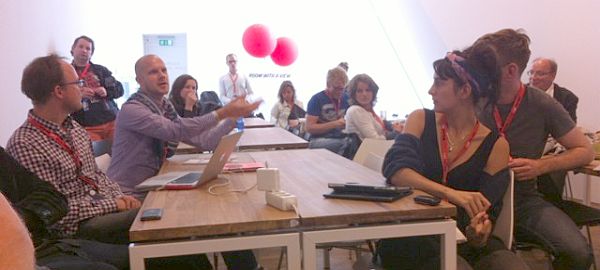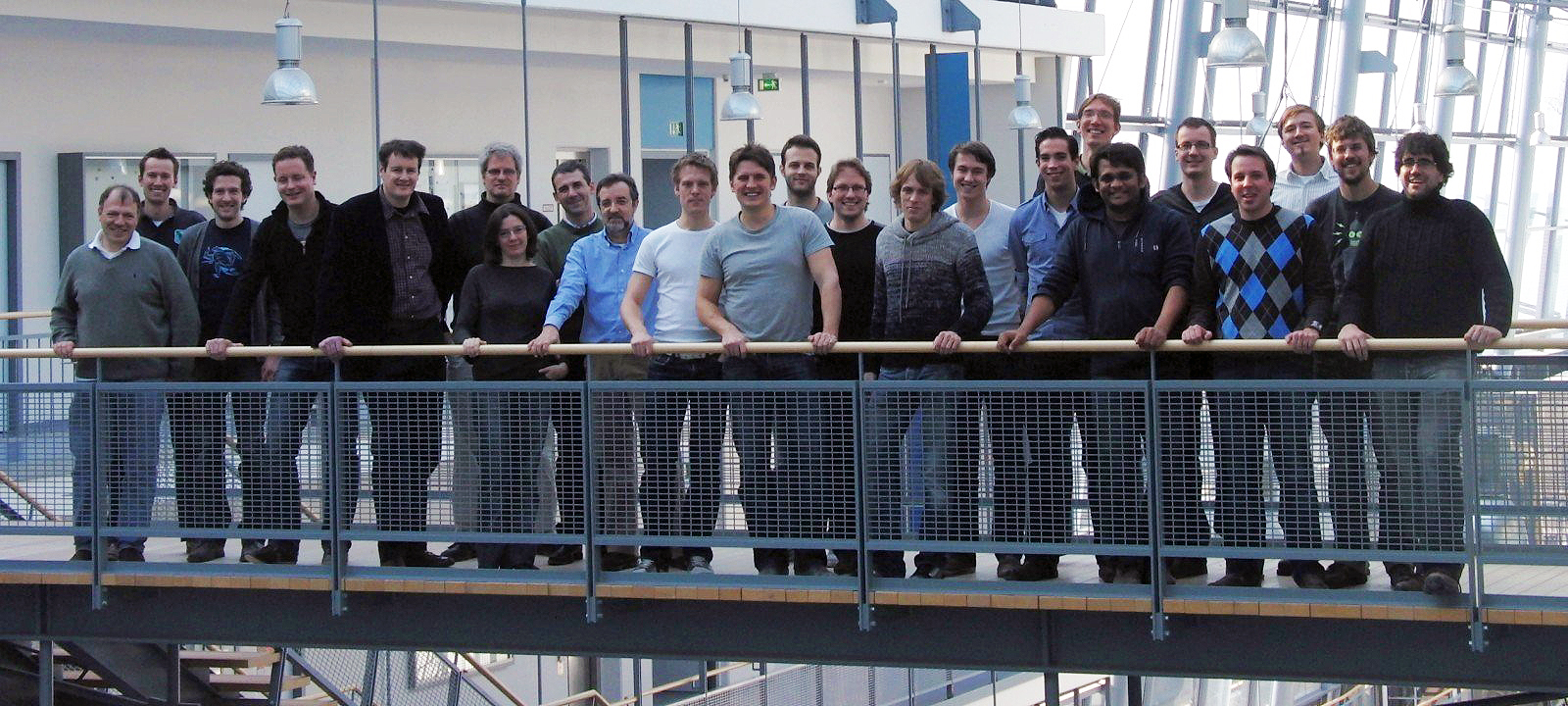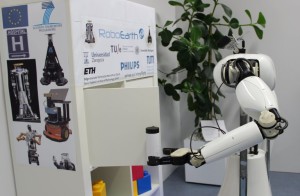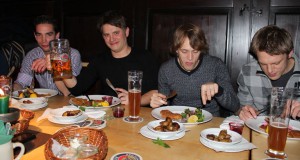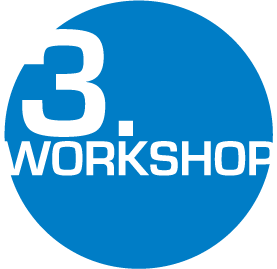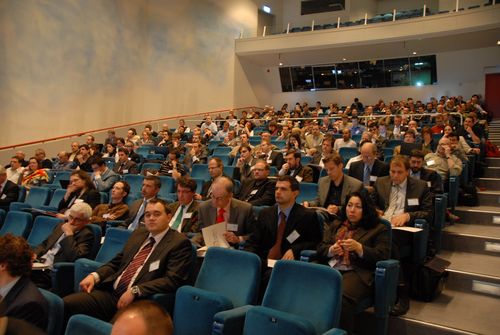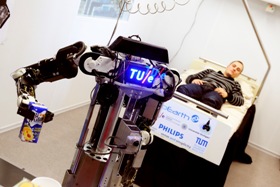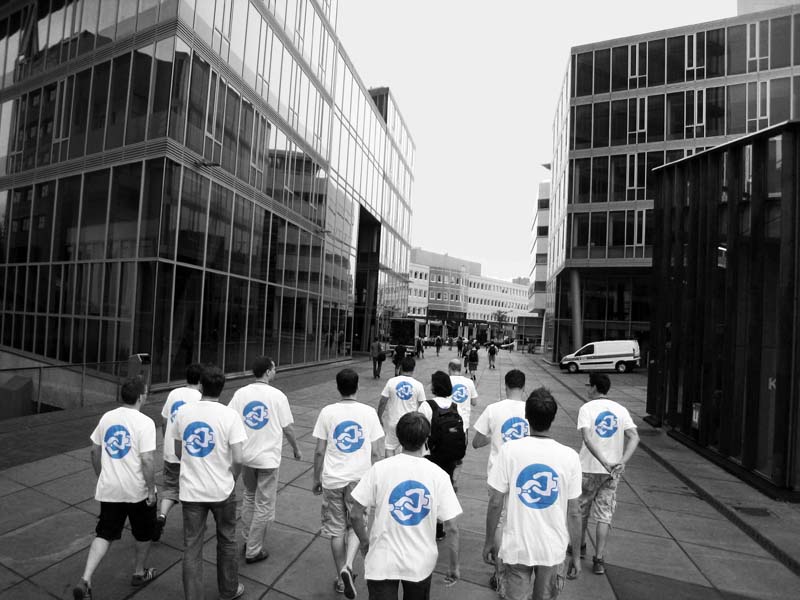RoboEarth meets the Internet of Things (IoT) at the PICNIC Festival in Amsterdam (Update)
At this year's PICNIC Festival in Amsterdam, RoboEarth held a joint workshop on Robots and the Internet of Things (IoT) with Council, a think tank part of the High Level Expert Group (EG IoT) on the Internet of Things of the European Commission.
The event met with unexpectedly high attendance, resulting in a room packed with an interested and engaged audience and resulting in lively discussion and debate. The main topics centered on how robots could enrich our lives through the Internet and the challenges both communities face to make a vision where the Internet gets hands through robots, and robots greatly benefit from the Internet become a reality.
As the chairman Rob van Kranenburg introduced: 'Rather than programming robots to handle every potential situation, the Internet of Things could create an environment in which the objects themselves inform robots of their purpose and usage. Tomorrow's smart objects can provide sensing, robots can act, processing can be on the robot or in the Cloud. To accomplish this, the fields of robotics and IoT need to define common standards for knowledge storage, representation and communication.'
The topics of debate had clear connection points, and pointed to potential future research questions for RoboEarth, including:
- Tomorrow's smart objects can provide sensing, robots can act, processing can be on the robot or in the Cloud (e.g., using RoboEarth's Cloud Engine)
- Rather than programming robots to handle every potential situation, the Internet of Things could create an environment in which the objects themselves inform robots of their purpose and usage.
- Both the IoT and RoboEarth encode knowledge. The fields of robotics and IoT need to define common standards for knowledge storage and representation.
- The IoT, robots, and humans need to communicate. The fields of robotics and IoT need to define interfaces and common standards for communication.
For more information, have a look at the article Enlisting Robots - Once robots are integrated into the Internet of Things, they can perform tasks automatically published in the RFID Journal.
Update (Feb 27, 2013):
Even more information can be found in the article The Internet of Things: Robots, RFID & Co-operation published in the December 2012 issue of Elektor.

